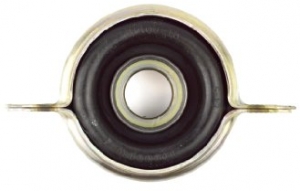-
Welcome to Tacoma World!
You are currently viewing as a guest! To get full-access, you need to register for a FREE account.
As a registered member, you’ll be able to:- Participate in all Tacoma discussion topics
- Communicate privately with other Tacoma owners from around the world
- Post your own photos in our Members Gallery
- Access all special features of the site
Loss of power, bad cats, no check engine lights, what is the root cause? Really? Help!
Discussion in '1st Gen. Tacomas (1995-2004)' started by Gridster, Oct 5, 2018.


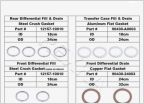 Transmission Drain Plug Leak
Transmission Drain Plug Leak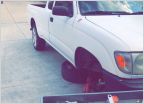 5 lug 2WD wheel/tires help
5 lug 2WD wheel/tires help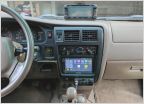 CB Radio Install
CB Radio Install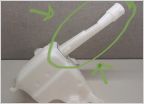 Windshield fluid reservoir… stem?
Windshield fluid reservoir… stem?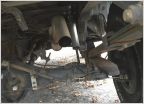 Front spacers / leveling kit
Front spacers / leveling kit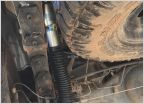 Stiff rear end after lift? You got the wrong shocks
Stiff rear end after lift? You got the wrong shocks























































